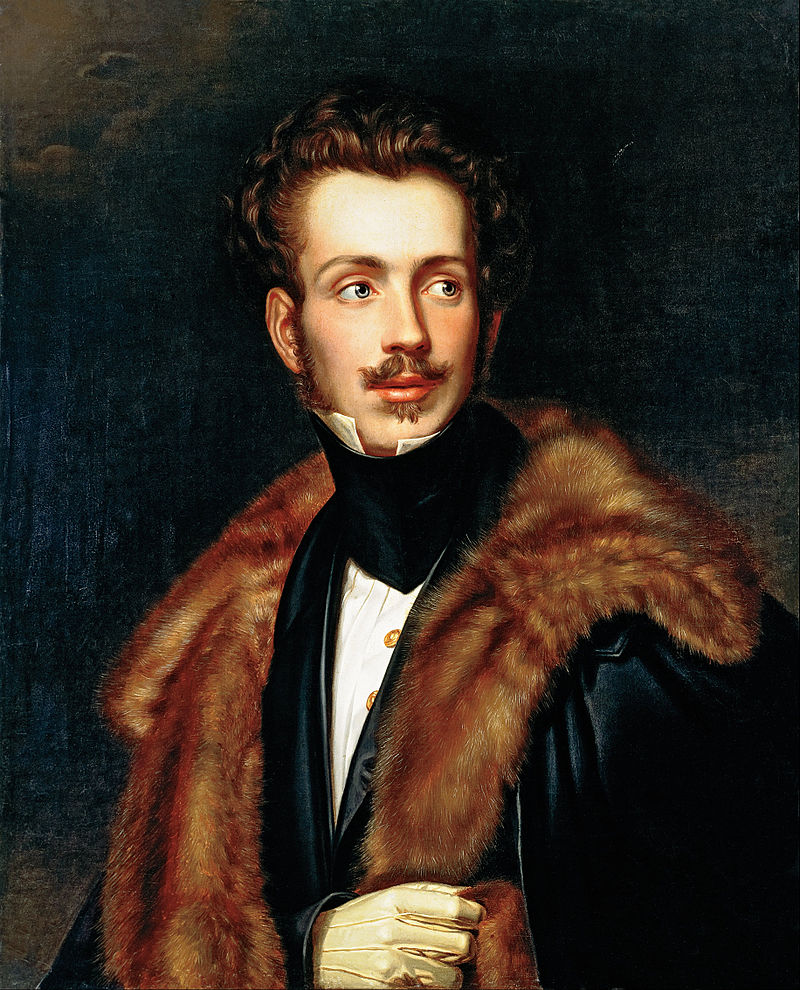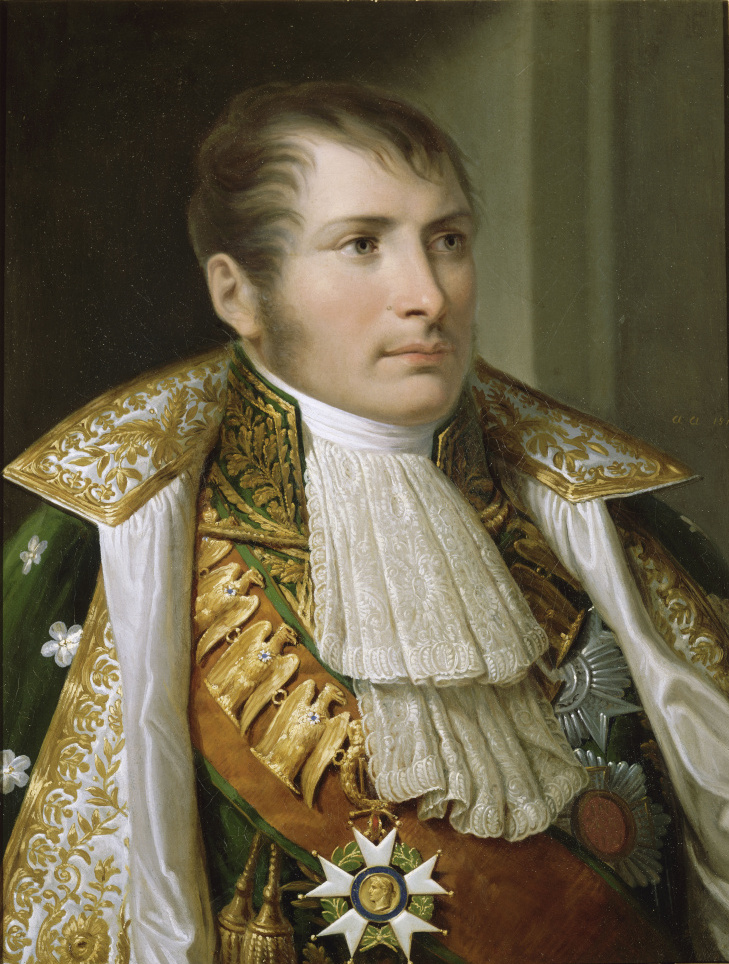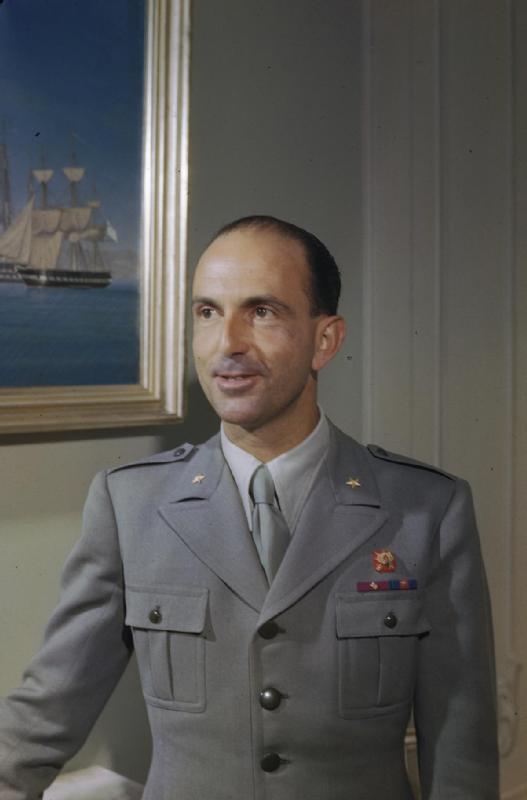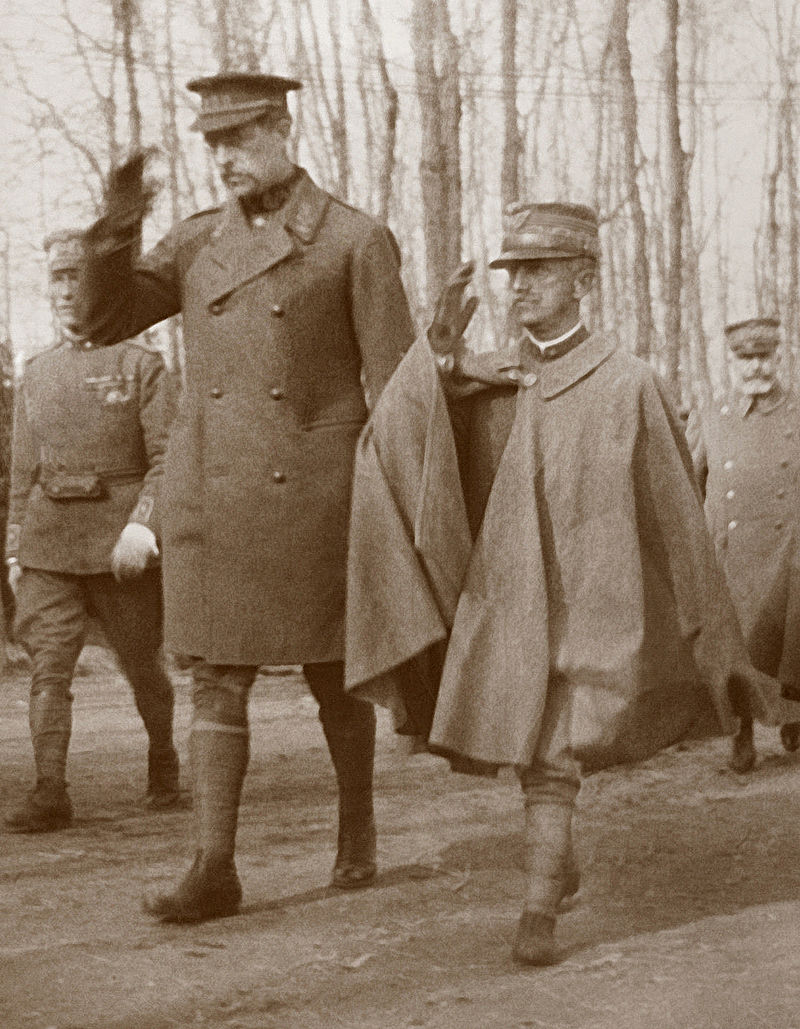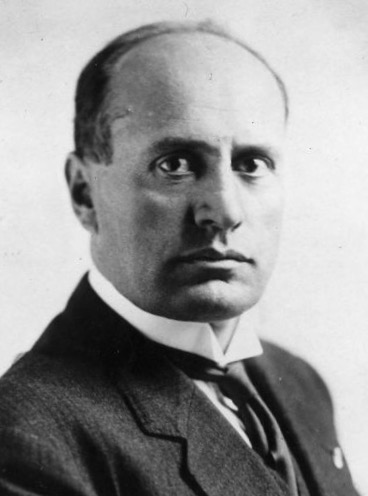by Scott Mehl © Unofficial Royalty 2016

Stephanie of Hohenzollern-Sigmaringen, Queen of Portugal; Credit – Wikipedia
Princess Stephanie Josepha Friederike Wilhelmine Antonia of Hohenzollern-Sigmaringen was the wife of King Pedro V of Portugal. She was born on July 15, 1837, in Krauchenwies, Principality of Hohenzollern-Sigmaringen, now in the German state of Baden-Württemberg, the eldest daughter of Karl Anton, Prince of Hohenzollern and Princess Josephine of Baden. Stephanie had five siblings:
- Leopold, Prince of Hohenzollern (1835 – 1905) – married Infanta Antónia of Portugal (daughter of Queen Maria II of Portugal), had issue including the future King Ferdinand of Romania
- Karl (1839 – 1914) – later King Carol I of Romania – married Princess Elisabeth of Wied, had one daughter who died in childhood
- Anton (1841 – 1866) – unmarried, died in battle during the Austro-Prussian War
- Friedrich (1843 – 1904) – married Princess Louise of Thurn und Taxis, no issue
- Marie (1845 – 1912) – married Prince Philippe of Belgium, Count of Flanders, had issue including the future King Albert I of the Belgians
Stephanie grew up in Düsseldorf, Kingdom of Prussia, now in the German state of North Rhine-Westphalia, primarily at Jägerhof Castle, where her father served as a Division Commander in the Prussian forces. As was typical at the time, she was trained by some of the leading artists of the day, including the painter Heinrich Mücke and the pianist Clara Schumann.

Queen Estefania and King Pedro. source: Wikipedia
In December 1857, Stephanie became engaged to King Pedro V of Portugal, the son of Queen Maria II of Portugal and Prince Ferdinand of Saxe-Coburg and Gotha. They were married by proxy at St. Hedwig’s Cathedral in Berlin, Kingdom of Prussia, now in the German state of Brandenburg, on April 29, 1858, with her brother Leopold standing in for the groom. She then set out for Portugal, arriving on May 17. The following day, Stephanie and Pedro were formally married at the Church of St. Dominic in Lisbon, Portugal, on May 18, 1858. She took on the Portuguese spelling of her name, becoming Queen Estefania of Portugal. The King indulged his new wife greatly, sparing no expense to decorate her rooms at the Palace of Necessidades, and making every effort to make her feel comfortable in her new home.

Princess Stephanie’s arrival in Lisbon, May 17, 1858. source: Wikipedia
Having been very involved in charitable works in Düsseldorf, Stephanie quickly threw herself into similar work in Portugal. Along with her husband, she founded several hospitals and charities that served the poor and suffering, quickly becoming much-loved by the Portuguese people.
After a visit to the town of Vendas Novas, Stephanie fell ill with diphtheria. At just 22 years old, Queen Estefania of Portugal died in Lisbon, Portugal, on July 17, 1859. She is buried at the Monastery of São Vicente de Fora in Lisbon. Her husband, King Pedro V, was greatly saddened by his wife’s death and fell into a deep depression. He died of typhoid fever just two years later and was succeeded by his brother King Luís I.
This article is the intellectual property of Unofficial Royalty and is NOT TO BE COPIED, EDITED, OR POSTED IN ANY FORM ON ANOTHER WEBSITE under any circumstances. It is permissible to use a link that directs to Unofficial Royalty.
Portugal Resources at Unofficial Royalty






